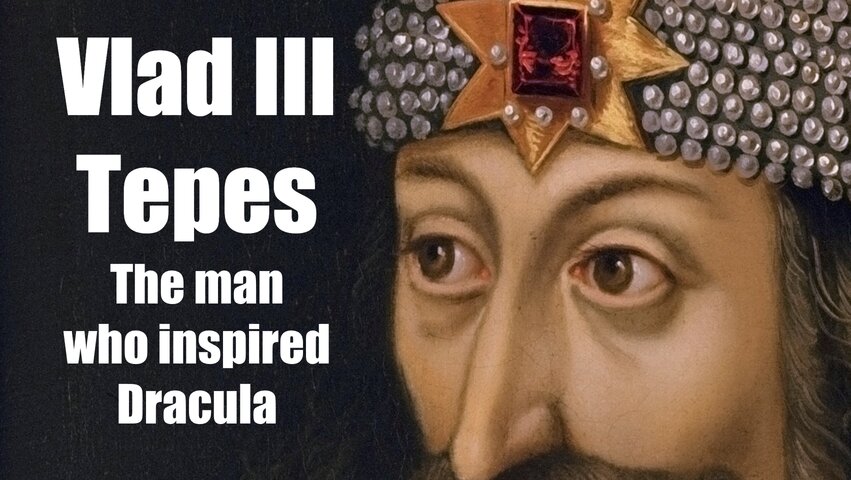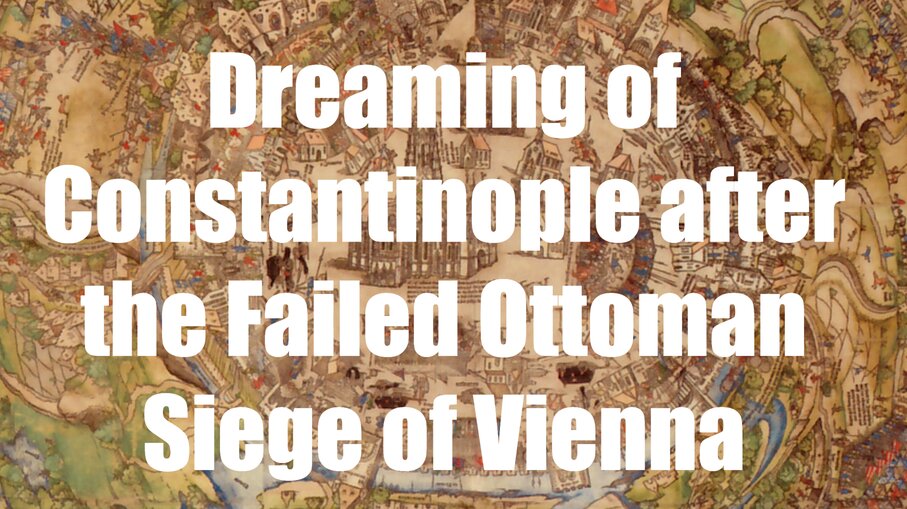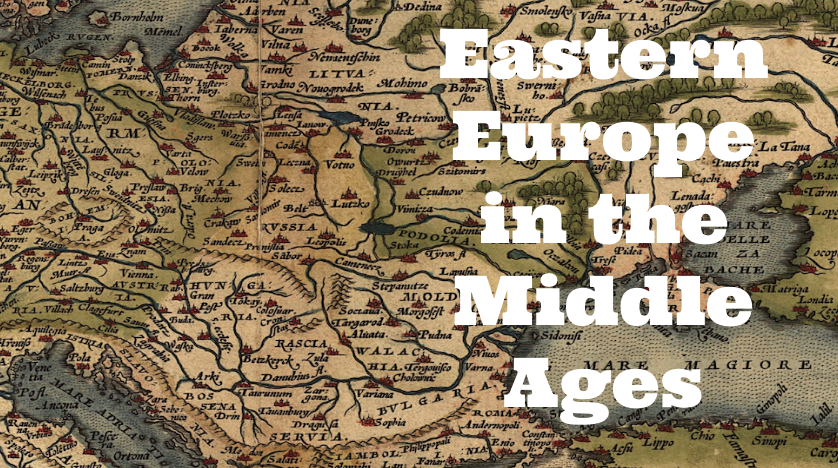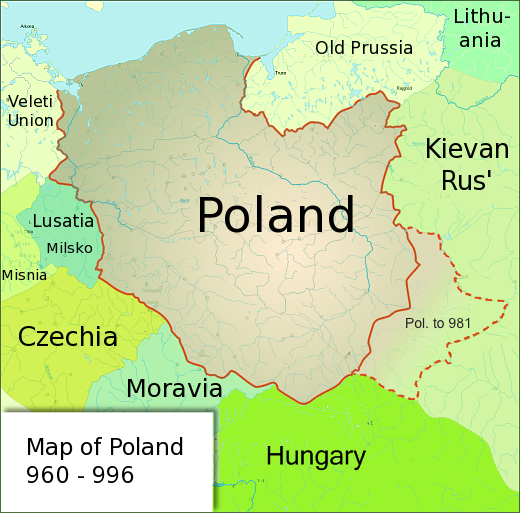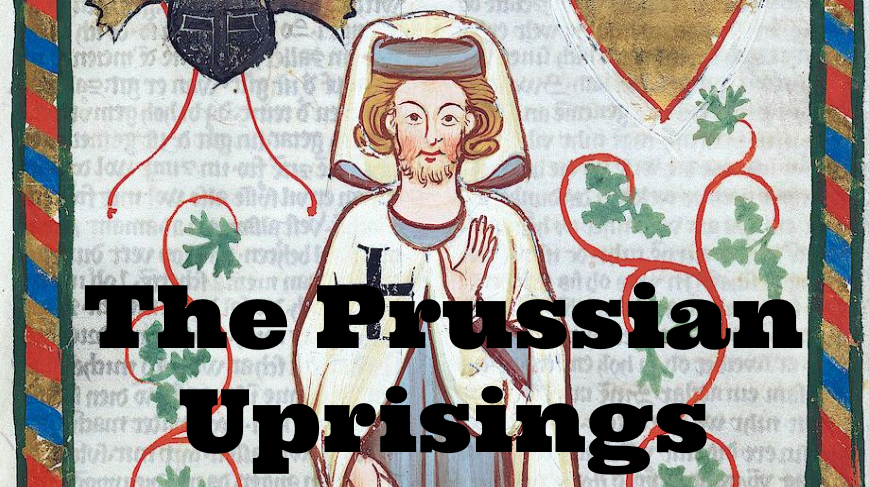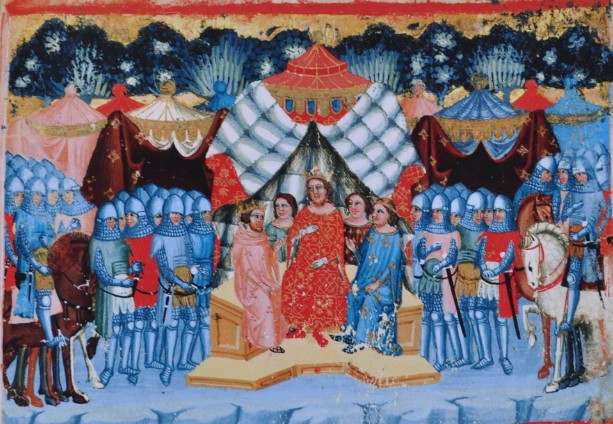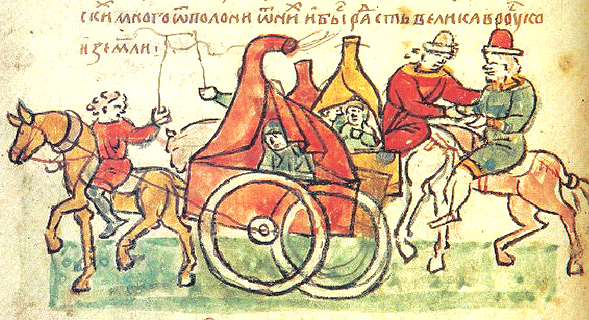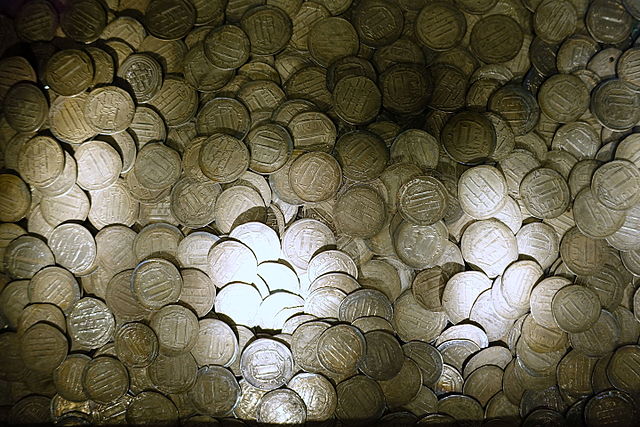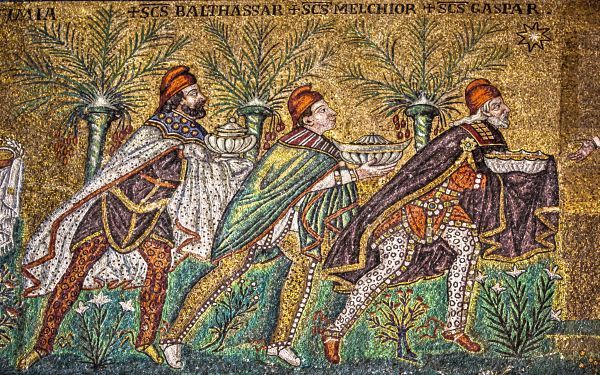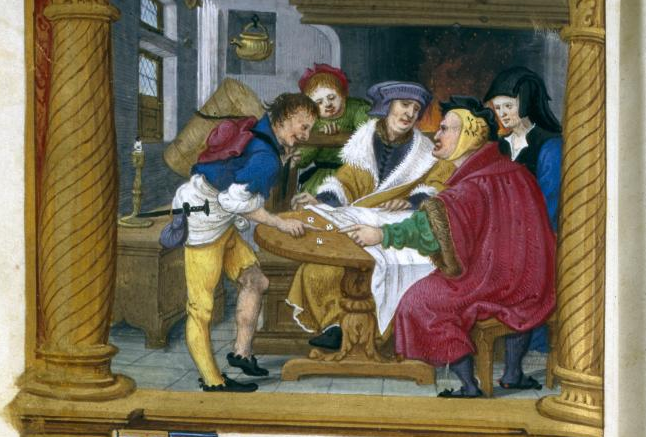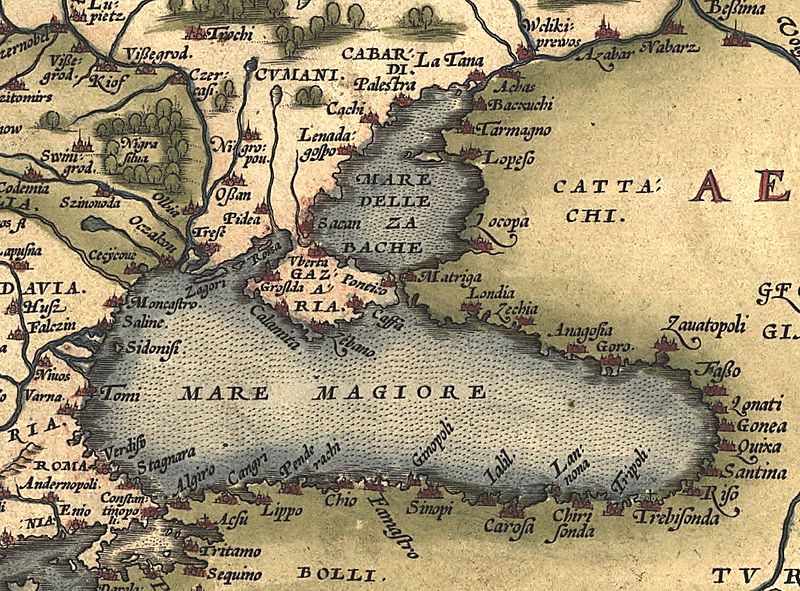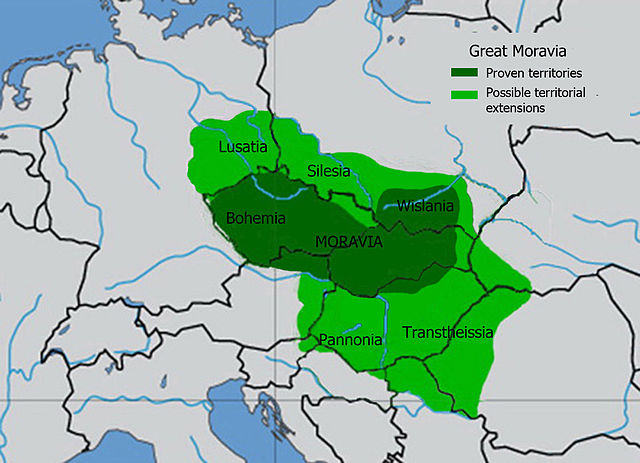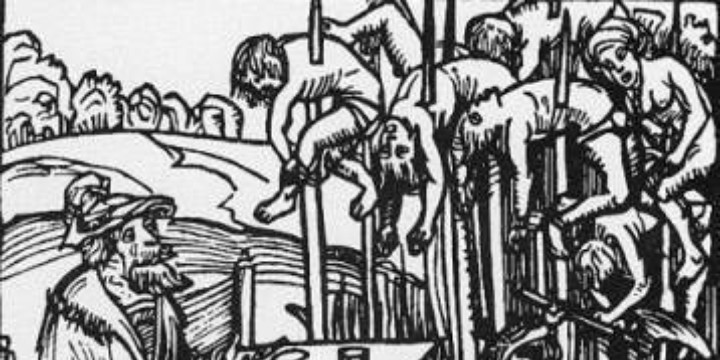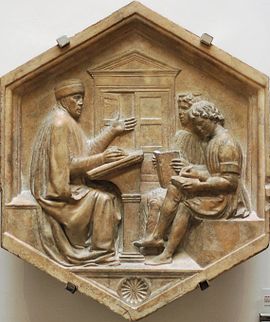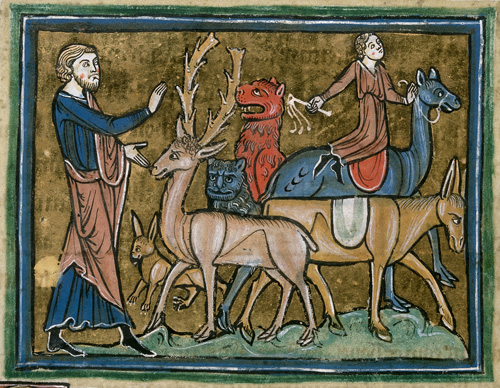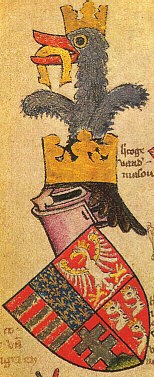Vlad III Țepeș: The man who inspired Dracula
The story of Vlad III Tepes – the prince himself, his brutal reign, and the historical context in which he lived.
Byzantium in Eastern Europe
Alice Isabella Sullivan and Maria Alessia Rossi preview their new book Byzantium in Eastern European Visual Culture in the Late Middle Ages
Dreaming of Constantinople after the Failed Ottoman Siege of Vienna
The failure of the Ottoman campaign against Vienna in 1529 had further consequences beyond the center of the conflict. This event seems to have given new hope to traumatized Christian rulers and their subjects that perhaps the Ottoman armies could be halted from their steady advances into Europe.
The Ottomans in Medieval Eastern Europe
How the Ottomans expanded into medieval Eastern Europe – an overview from the 14th century to the 16th century.
Eastern Europe in the Middle Ages: What, Where, When
Alice Isabella Sullivan is a new columnist at Medievalists.net, working on Eastern Europe in the Middle Ages. In her first post, she aims to define what Eastern Europe actually is.
Medieval sword found in Belarus
A medieval sword was discovered in the eastern part of Belarus, along the banks of the Berezina river in the city of Bobruisk
Intercultural relations of the inhabitants of Polish territory in the 9th and 10th centuries
This chapter discusses the influence that neighbours had on the population of Poland in the period in question, and vice-versa. The aim is to demonstrate the diverse cultural models that were reaching Polish lands in the 9th and 10th centuries.
The Prussian Uprisings: A Story of Knights, Pagans, Traitors, and Miracles
Before 1242, the Teutonic Order was a rising power in the Baltic. The Knights had conquered most of Prussia, incorporated the Livonian Order, and were pressing into Russia; in a few short years they would be fighting for their very survival.
Medieval Geopolitics: The Northern Crusades as a “Penitential War”
In this column, I look at the next phase in history of the Northern Crusades: that of “penitential war.”
Medieval Geopolitics: What were the Northern Crusades?
I am going to sketch a very brief history of the so-called “Northern Crusades” – that is, the crusades undertaken by the Christian kings of Denmark, Poland and Sweden, the various German military orders, and their allies against the pagan peoples of the southern and eastern shores of the Baltic Sea.
The Justification of Tyrannicide in the Chronicle of Dalimil. The Czech Nobility as the “Mystical Body” of the Realm
Dating from the early 14th century (1309-1314), the Chronicle of Dalimil reflects the political attitudes of this pivotal period.
The Image of the Cumans in Medieval Chronicles
The Cumans who inhabited the Eurasian steppe from the mid-eleventh to thirteenth century and led a nomadic way of life were a Turkic nomadic people, representing the western branch of the Cumans-Qipchak confederation
The Life of Saint Euphrosyne of Połack
Saint Euphrosyne (c. 1105-1167) was the granddaughter of the famous prince of Polack, Usiaslau (Vseslav) whose long reign (1044-1101) and many exploits – in particular his determined struggle against Kiev – made such an impression on his contemporaries that they refused to believe him to be an ordinary mortal
Dirhams for slaves: Investigating the Slavic slave trade in the tenth century
The idea that a massive trade in Slavic slaves underpinned the economic growth of Europe in the 9th and 10th centuries is not new. It is, however, most often only implicit; and at any rate, it is very rarely discussed.
Epiphany: Three Kings Day
A look at the history behind Epiphany and Twelfth Night.
The Emperor’s Spooky Night
Emperor Charles IV reveals in his autobiography what happened to him one night at Prague Castle, and how he saw a huge swarm of locusts.
Prostitution in the Medieval City
Prostitution was a vice that was was considered a necessary evil because of “men’s lust”. Ecclesiastics felt that if brothels weren’t available to men in cities, they would find other inappropriate outlets for their entertainment. In an effort to curb potential problems, civic officials permitted prostitution to function within the city walls so long as it was regulated and turned a profit.
Cracking down on illegal gambling in Medieval Livonia
Just like their modern day counterparts, medieval cities had to deal with their own criminal underworlds – the sex trade, gambling, and violence taking place within their walls. At the International Medieval Congress, held earlier this month at the University of Leeds, these issues were explored as part of session #706: Perceiving and Regulating Vices.
Lasting Falls and Wishful Recoveries: Crusading in the Black Sea Region after the Fall of Constantinople
This paper examines the Black Sea question in the second half of the 15th century, with special emphasis on crusading and religious questions.
‘Great Moravian State’: a controversy in Central European medieval studies
The idea that Great Moravia was the earliest state of Central European Slavs, which was a direct predecessor of the statehood of the Czech Přemyslids, the Polish Piasts and the Hungarian Arpáds family, remains very much alive in the Central European region.
Medieval Horse Stable: The Results of Multi Proxy Interdisciplinary Research
A multi proxy approach was applied in the reconstruction of the architecture of Medieval horse stable architecture, the maintenance practices associated with that structure as well as horse alimentation at the beginning of 13th century in Central Europe.
The Impalings of Vlad the Impaler
One of the most infamous chararacters from the Middle Ages was Vlad III Dracula, the prince of Wallachia. Here is the story of how he gained the name of ‘the Impaler’.
Latin Grammar in the Cathedral School: Fulbert of Chartres, Bonipert of Pécs, and the Way of a Lost Priscian Manuscript
The starting point of the classical tradition in medieval Hungary is marked by a letter written by Bishop Fulbert of Chartres in Northern France to Bishop Bonipert of Pécs in Southern Hungary.
Nourishment for the Soul – Nourishment for the Body: Animal Remains in Early Medieval Pomeranian Cemeteries
Late medieval sources clearly refer to souls, which in traditional folk beliefs were periodically returning to feed and warm themselves by the fires made by the living. This kind of conception can be merged with Slavic eschatology. There is multiple evidence to confirm that belief some form of spirit or soul was spreading amongst the people, who in the early medieval period, bordered directly with Pomerania.
Renaissance Contacts Between Dubrovnik (Ragusa) and the Kingdom of Hungary
During the rule of the Angevin dynasty (1308-82) in Hungary, towns and cities increasingly assumed greater political influence. The first treaty between the King of Hungary and Dubrovnik (in those days Ragusa) was signed in 1358, during the reign of Louis (Lajos) the Great.
